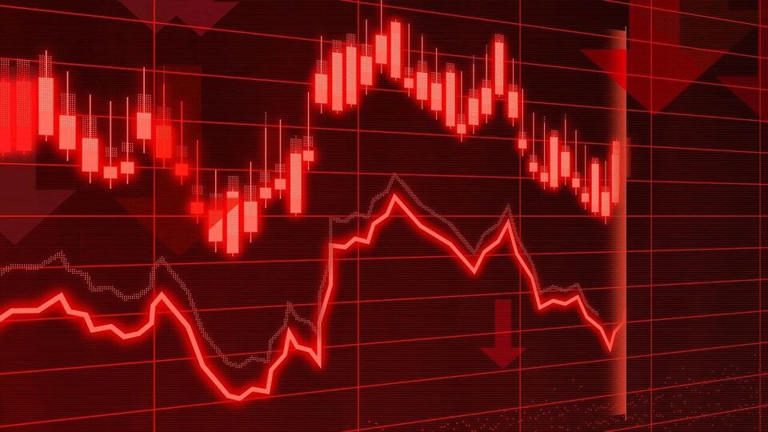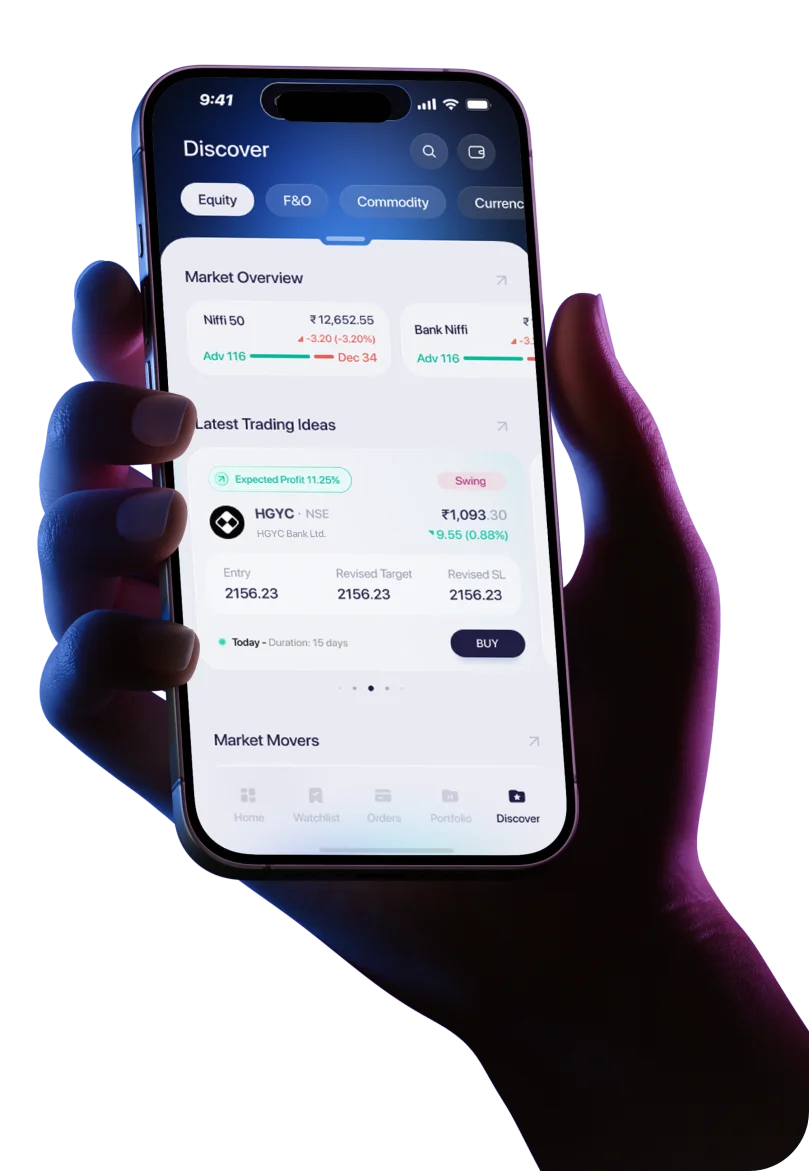Market Performance
The Indian stock market witnessed a decline on August 6, with both Sensex and Nifty closing in red territory. The benchmark Sensex dropped 166.26 points to settle at 80,543.99, while the Nifty 50 fell 75.35 points to close at 24,574.20.
Mid and small-cap indices faced greater pressure during the trading session. The NSE Midcap index declined by 0.8%, while the Smallcap index lost over 1% for the day.
Main News: RBI Policy Decision Impacts Market Sentiment
The Reserve Bank of India's Monetary Policy Committee, led by Governor Sanjay Malhotra, kept the repo rate unchanged at 5.5% on Wednesday. The central bank maintained its neutral policy stance, which disappointed investors expecting more supportive measures.
The policy decision came amid global uncertainties and geopolitical risks. Governor Malhotra acknowledged these challenges while noting that the economy remains resilient despite muted global trade conditions.
Key Market Highlights
Top Gainers in Nifty 50
- Asian Paints: +1.94%
- HDFC Life: +1.88%
- M&M: +0.9%
A total of 13 stocks ended higher in the Nifty 50 index during the trading session.
Top Losers in Nifty 50
- Wipro: -2.5%
- Aun Pharma: -2.37%
- Jio Financial: -2.06%
- Tech Mahindra: -2.05%
Sectoral Performance
Rate-sensitive sectors showed mixed performance following the RBI announcement:
- Nifty Bank and Financial Services: Flat
- Nifty Auto: -0.53%
- Nifty Realty: -1.5%
- Nifty IT: -1.7%
- Nifty Pharma: -2%
- Nifty FMCG: -0.9%
- Nifty Metal: -0.4%
Market Activity Statistics
- Most active by volume: Lotus Developers (9.18 crore shares)
- Upper circuit stocks: 62
- Lower circuit stocks: 95
- Advancing stocks: 835
- Declining stocks: 2,133
- Unchanged stocks: 98
52-Week Records
- Stocks hitting 52-week highs: 35 (including Godfrey Phillips, TVS Motor, Fortis Health)
- Stocks hitting 52-week lows: 83 (including Ease My Trip, Balaxi Pharma)
External Factors Affecting Market
Trade Policy Concerns
Market sentiment faced additional pressure from renewed tariff threats on Indian goods. Current tariff rates of 25% may see further increases, creating uncertainty for export-dependent sectors.
The concerns stem from India's continued oil trade relationships, which have become a point of international discussion.
Rising Crude Oil Prices
Global crude oil benchmark Brent increased by 0.64% to USD 68.07 per barrel. Higher crude prices pose inflationary risks for India's import-dependent economy, particularly affecting fuel-sensitive sectors.
Foreign Investment Outflows
Foreign Institutional Investors remained net sellers, disposing of equities worth ₹22.48 crore on Tuesday. This continued selling pressure adds to market volatility and affects investor confidence.
Market Volatility Indicator
The India VIX, measuring market volatility, rose 1.54% to 11.89. This increase reflects heightened investor nervousness and suggests increased caution among market participants.
Summary
The Sensex and Nifty experienced a decline on August 6 following the RBI's decision to maintain the repo rate at 5.5%. The market faced pressure from multiple factors including policy inaction, external trade concerns, and rising crude oil prices.
While 13 stocks in the Nifty 50 managed to close higher, the overall market sentiment remained cautious. Rate-sensitive sectors showed mixed performance, with realty and pharma sectors facing the steepest declines.
The combination of domestic policy decisions and international trade uncertainties continues to influence market direction, with investors closely monitoring developments in both areas.




 Easy & quick
Easy & quick
Leave A Comment?